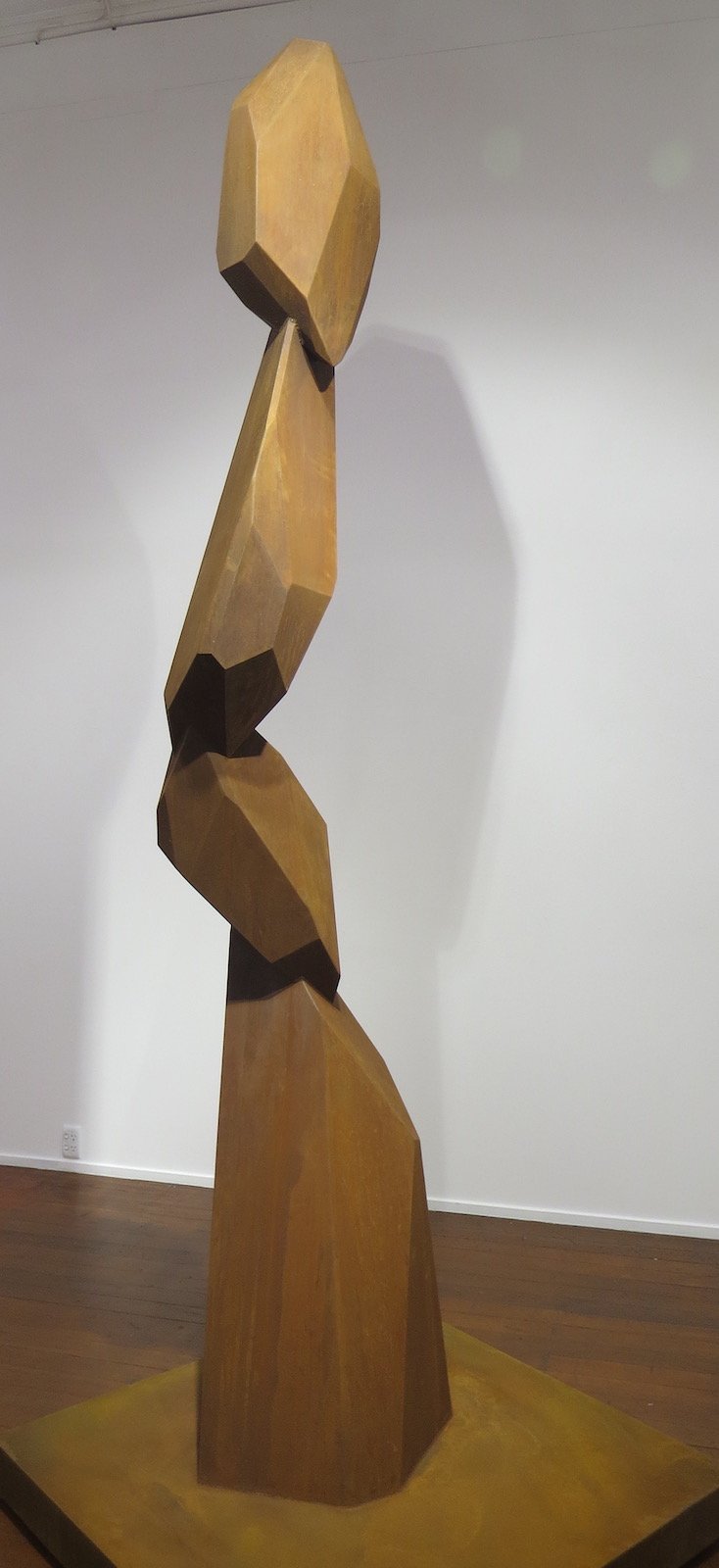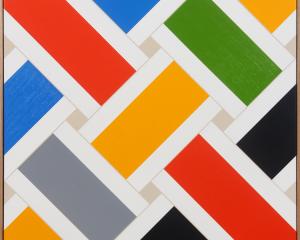
(Dunedin Public Art Gallery)
The term "takata whenua" is not mere words. It expresses the connection Māori have with the land. They are kaitiaki, the guardians of the rivers, the hills, and the forests. The link is made clear in everything from formal pepeha introductions to the name of the royal marae, Turangawaewae ("a place to stand").
This guardianship is the basis of an exhibition by Anne Noble in association with Kāi Tahu. The display examines the desecration of the rivers by industrial practice and the need to say "Stop — no more".
Noble’s photographs form short series taken at different locales, each accompanied by an essay by a local elder or academic. Each series features a photograph of the essayist, alongside images of the damage which has been wrought. The display features Kāi Tahu rohe throughout Te Waipounamu, and even some regions of Te Ika-a-Māui. A case of historical documents also shows the ease with which early settlers were able to take and misuse these rivers.
The overall display is thought-provoking and at times heartbreaking. We see farmlands that were once the Taiari’s (Taieri’s) Lake Tatawai, effluent-green rivers flowing into Ellesmere/Te Waihora, and the churning brown waters below Mataura’s industrial works. This powerful exhibition should be a wake-up call to all concerned about our taoka.
"Sculptures for a Wilderness", BenPearce
(Milford Gallery)

Created from corten steel — a durable metal designed to patinate without losing strength — the sculptures are designed to resemble a series of boulders cascading into approximately human form.
Weathered lines of rust fall from the steel like frozen waterfalls, the forms shifting as viewers walk round them to become ambiguous shapes, part human and part geological. The sculptures become architectonic structures, each with its own personality, each boulder forming one of the bones of a giant spine. The pieces become simultaneously totems, spirit-imbued markers on the land, and also impassive guardians.
This double personality is designed to intimate our own role on the planet. Humans are guardians of the environment, while simultaneously being part of it. The lines between watcher and watched shift, as do our own views on human existence.
Two of Pearce’s works are more experimental, with angular forms resembling the rusted remains of early industrial machinery. There is a hint here that humans are not the end of the evolutionary process but simply a means towards that end, and that if we cannot control our environment, that work may yet be left to our own creations, machines.
"There is Almost Nothing Left of Nowhere", Robert P. West
(Moray Gallery)

Modern society is one of constant bombardment. Music, noise, light, uniformity, and most of all information, is thrust at us 24/7. There is no opportunity to escape the constant hubbub. There is no "away" to get to, where we can be to hear our own inner self.
The Buddhist view of the impossibility of doing nothing is more true now than ever. Yet this "away", this "nowhere", is a necessity in order for us to heal, to reflect, and to let the juices of creativity flow.
In West’s exhibition, the artist attempts to express this struggle to find the void in a series of Miro-esque abstracts. Though dominated by rigid geometric forms, these pieces are deliberately slightly askew, as if attempts at conformity have not been successful. The backgrounds of the works — unusually for West — are not regular but are heavily hatched and scumbled, all to good effect. The artist is expressing individuality within the confines of what could be suprematist order, as if to remind the viewer the choice is theirs whether to accept the noise around them or to break out and find their own inner peace and individuality.
— James Dignan











